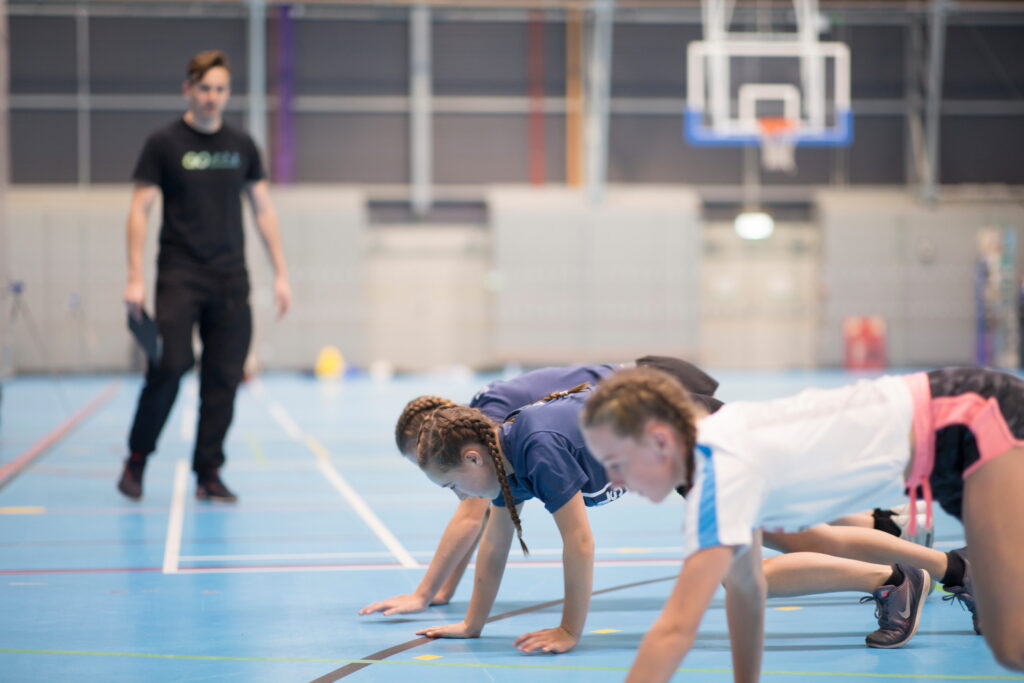SUPER-charge your warm-up!

Why warm up?
The warm-up is often an overlooked and can sometimes even be an undesirable part of the training session for many athletes, especially younger groups! The number of times I have seen (and participated in) a generic “…run around the pitch a few times..” approach…
We only have a very limited amount of contact time with our athletes per week so time is precious. If you train 3 times per week with a 15-20 minute warm-up, that could be 45-60 minutes where you could be making a big difference! A well structured and progressive warm-up plan should prepare you for competition or practice so that you can get the most out of every session. It can prepare you physically and mentally so that you’re firing on all cylinders from the start. You could also reduce risk of injury, improve mobility and movement skills.
So how do you structure a warm-up?
To put it simply, you need to prepare yourself for the activities that you are about to perform. If you need to run fast, jump high, change direct rapidly, then your warm-up should reflect this.
We use the RAMP protocol which was developed by Dr Ian Jeffreys. Here’s how it works:
- R = Raise body temperature, Heart rate, Respiration rate, Blood flow, Joint viscosity – we use basic movements such as crawling, lunging in multiple directions, squats, A-skips etc.
- A = Activate key muscle groups that will be used in the session – we use things like hip bridge with reach, spiderman’s, further crawling styles, squats, lunges (notice the crossover, you can cover several areas with well selected exercises)
- M = Mobilise key joints through the ranges of motion required – again, there is a crossover with exercises such as spiderman’s, adductor rock-backs, combo exercises such as lunge-upper back rotation-overhead reach-downward dog etc.
- P = Potentiate – usually an increase in intensity closer to the speeds/intensities about to be encountered in the game or practice – short to longer sprint starts, rolling and static sprints, reactive change of direction games, med ball throws, progressive plyometric drills
How can you take this a step further?
If you’re REALLY smart about it, you can add minor progressions into the warm-up throughout the year just like you would with a periodised training plan. You might start off the warm-ups with basic air squats but once these are mastered, you could switch to prisoner squats or overhead squats. Another method might be starting with double leg hip bridges and progressing to single leg bridges or double leg with walkouts. Super simple method of adding quality to your programme.
